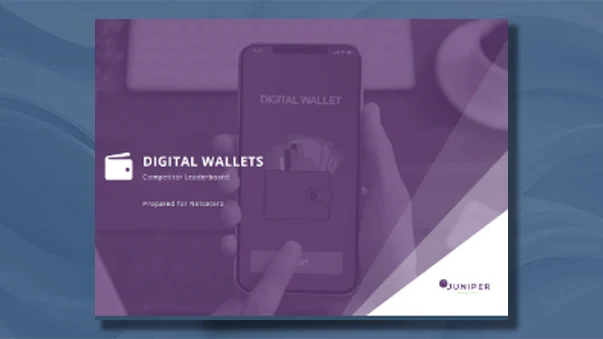“White-label mobile wallets, like those provided by G+D Netcetera, are primarily used to make and manage payments,” says Jumaane. “They enable banks to offer a branded and customisable mobile wallet experience without having to develop the technology from scratch.”
Jumaane notes that the convenience of mobile wallets lies in their ability to replace physical wallets, allowing consumers to make payments easily using their smartphones. “It’s hard to live without your phone,” he explains. “So you bring that with you when you leave home, and you can leave your wallet behind because you can simply tap your phone to make payments.”
Perhaps it’s no surprise that, in recent years, consumers in most countries have been steadily moving away from cash.
But the role of mobile wallets extends beyond just payments. “I’d actually broaden the definition of a mobile wallet to include the non-payments use cases as well,” says Jumaane. “A white-label app serving as a mobile wallet can include things like Personal Finance Management (PFM) features to help support customers with managing their spending, personal ID, event tickets and boarding passes, for example.”
“Apple Pay and Google Pay have significant market share in countries like the UK, compared to using cash or card. And there are many other local payment methods across Europe, including Bizum in Spain, Swish in Sweden and TWINT in Switzerland,” notes Jumaane. “But white-label solutions give banks the opportunity to compete in this space and offer their customers a comprehensive, branded mobile wallet.”
This multifunctional aspect of mobile wallets is a topic of ongoing discussion within the industry. “I think the definition of what a mobile wallet is will continue to be debated as the wallet’s capabilities continue to evolve,” says Jumaane. “Depending on who you ask, you’ll always get a different answer!”
Whether used for payments, identity verification or access to events and transportation, mobile wallets will play an increasingly important part in peoples’ lives as their capabilities grow.


